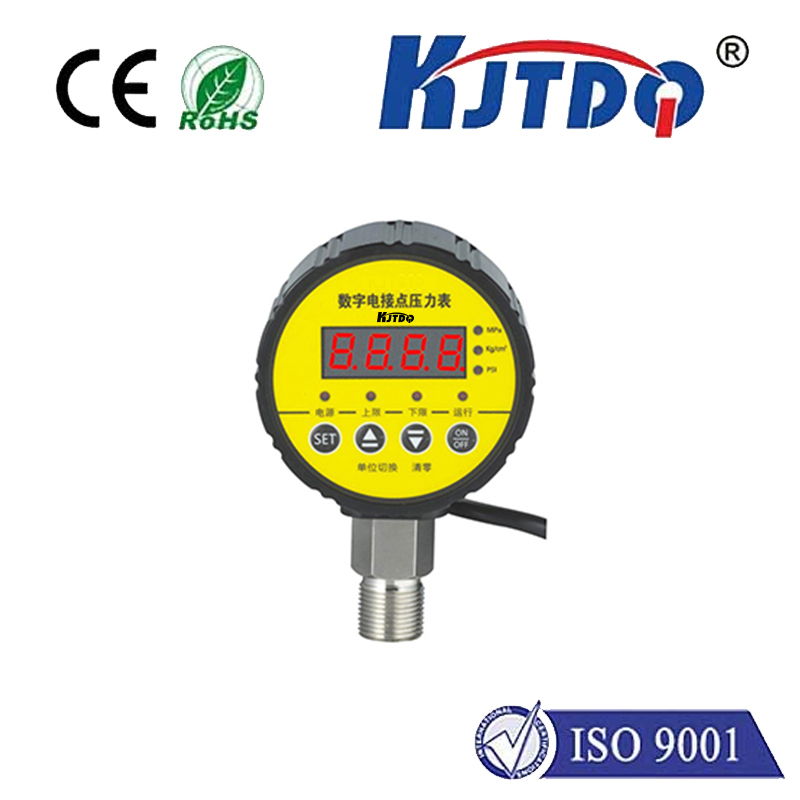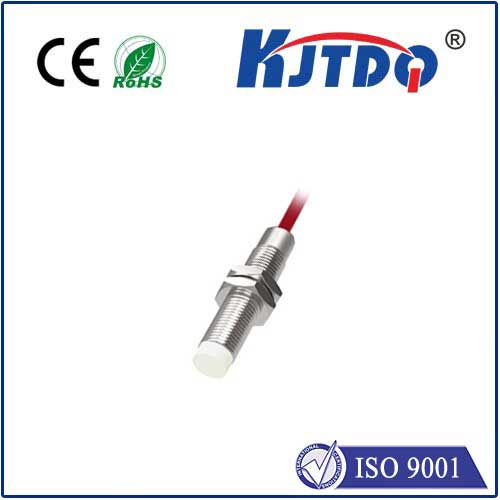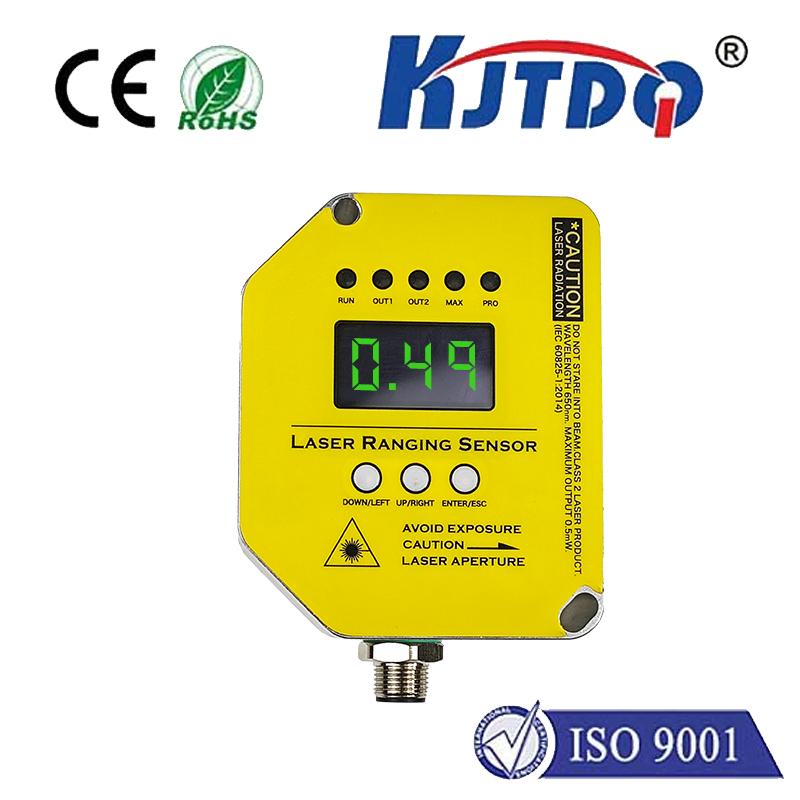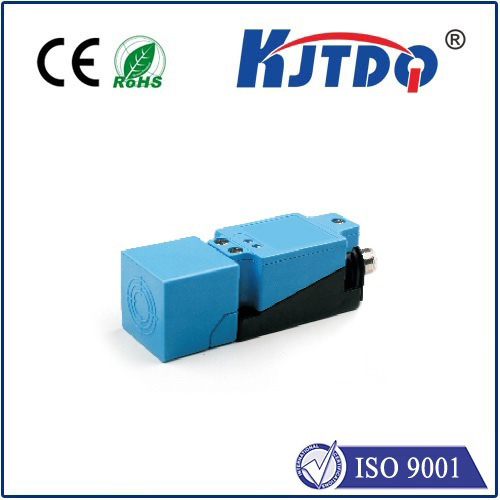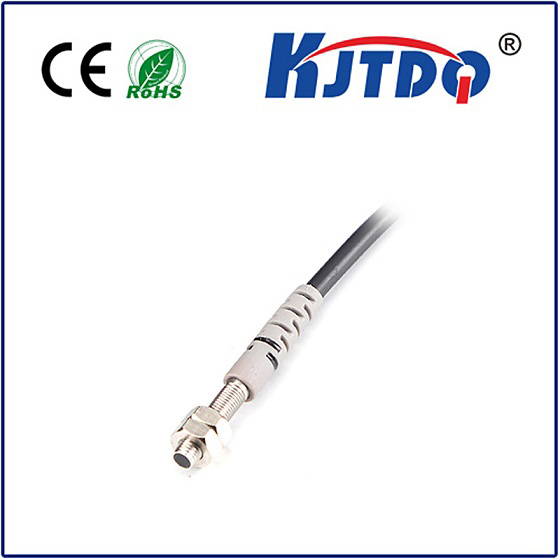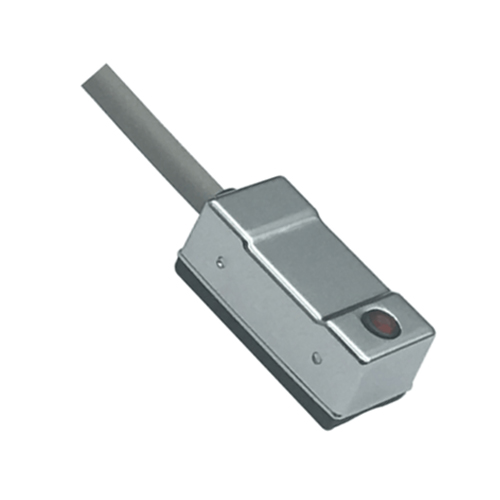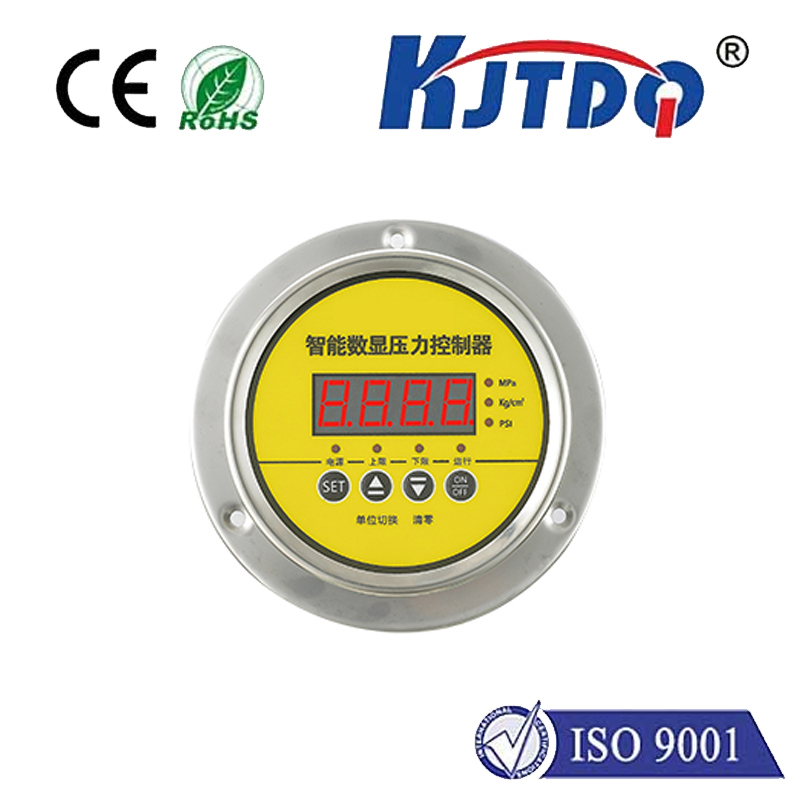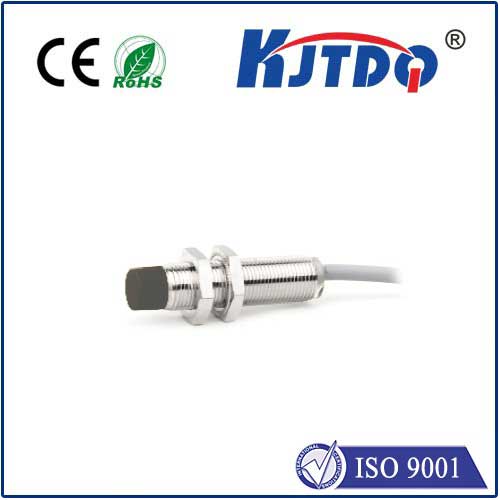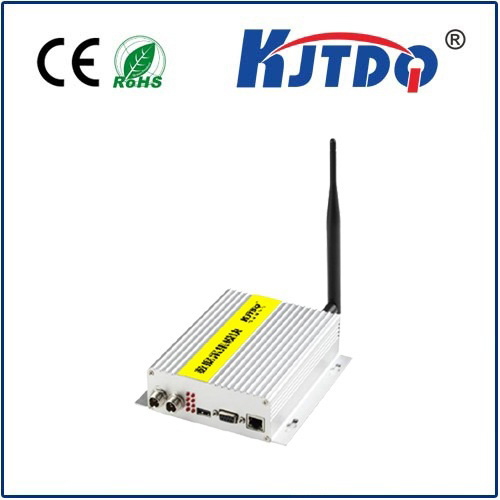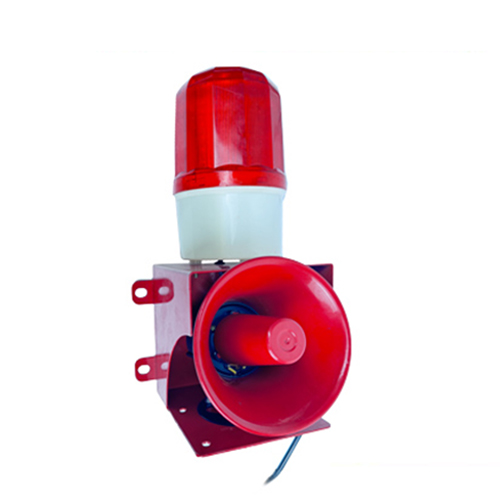

check

check

check

check

check

check

check

check

check

check
Introduction to Inductive Sensors and PNP Configurations
In modern engineering and technology, inductive sensors have become an integral component of numerous applications. These sensors utilize the principle of induction to detect changes in magnetic fields and convert them into electrical signals. One popular configuration for inductive sensors is the PNP (P-N-P) configuration, which provides a high-sensitivity output and efficient power management. This article will explore the basics of inductive sensors and the benefits of using a PNP configuration.
Section 1: Inductive Sensors: An Overview
Inductive sensors work by detecting changes in the presence or absence of a magnetic field. They consist of two basic components: the coil and the sensing element. The coil generates a magnetic field that interacts with the sensing element, causing it to transform its electrical signal. The sensor output depends on several factors, such as the type of material used for the sensing element, the frequency of the magnetic field, and the strength of the magnetic field.
Section 2: Advantages of Using a PNP Configuration for Inductive Sensors
A PNP configuration involves three transistors arranged in a triangular shape, with one transistor acting as an inverter (N), another as an amplifier (P), and the third as a current sink (D). When a magnetic field passes through the coil, it generates an alternating current that flows through the N transistor, which inverts the signal path. The inverted signal is then amplified by the P transistor, increasing its amplitude and ensuring a high sensitivity output. Finally, the D transistor regulates the current flowing through the coil, preventing excessive heating and improving power efficiency.
Section 3: Applications of PNP Inductive Sensors
The PNP configuration offers several advantages over other configurations for inductive sensors. Some of these benefits include:
* High sensitivity: The amplified output of the PNP circuit allows for more precise detection of small changes in magnetic fields.
* Wide operating temperature range: The use of transistors in the PNP circuit reduces thermal noise and ensures stable operation across a broader temperature range.
* Easy integration: The compact design of PNP circuits makes them suitable for integration into various devices, including sensors, microcontrollers, and actuators.
* Efficient power consumption: The D transistor in the PNP circuit helps regulate the current flow, reducing power consumption when not in use.
Conclusion: Enhancing Sensor Performance with PNP Inductive Sensors
Understanding the basics of inductive sensors and their PNP configurations is essential for designing effective sensors for various applications. The PNP configuration offers several advantages over other configurations, including high sensitivity, wide operating temperature range, easy integration, and efficient power consumption. By leveraging these benefits, engineers can create reliable and cost-effective sensors that meet specific performance requirements. As technology continues to advance, we can expect to see further improvements in inductive sensor technologies based on PNP configurations, leading to even better sensor capabilities.
